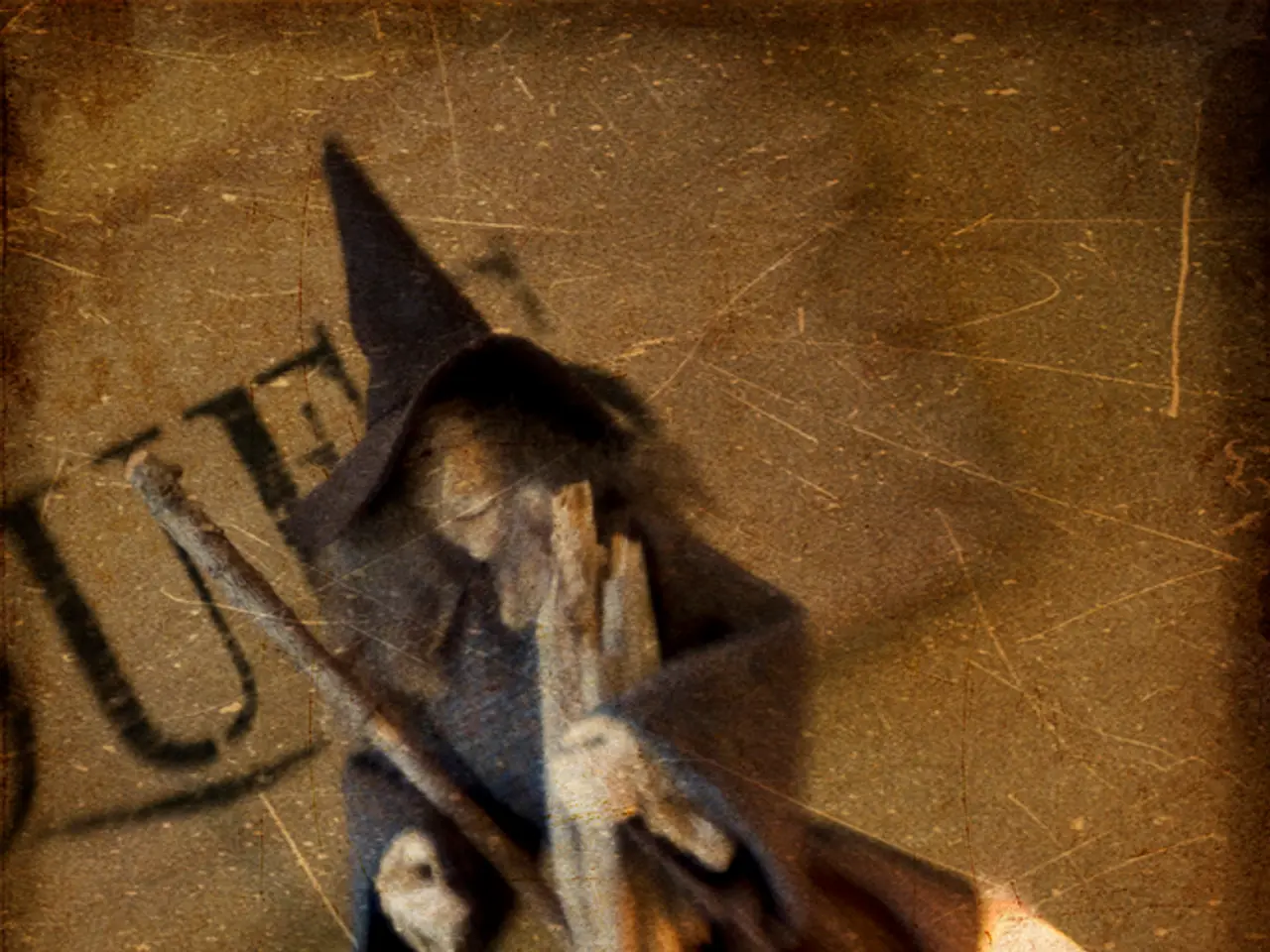Spooky greenery for Halloween: Discover these plants to give your garden a haunting appearance
In the spirit of Halloween, we've compiled a list of plants that will add a spooky, gothic touch to your garden. These dark and brooding options will create a haunted atmosphere, perfect for Halloween or a year-round dark garden feel.
Black Rose Aeonium
A succulent with dark, almost black leaves, the Black Rose Aeonium creates a spooky vibe that is sure to impress.
Dusty Miller
With its silvery-grey foliage, Dusty Miller adds a ghostly, ethereal contrast to any garden.
Variegated String of Hearts
This creeping vine with delicate, patterned leaves can add depth and a touch of the macabre to your garden.
Black Tulips
Deeply dark petals like those of the 'Black Hero' tulip are perfect for a gothic flower display.
Midnight Rose Coral Bells
With dark foliage and moody flower tones, Midnight Rose Coral Bells are fitting for a shadowy aesthetic.
Crazytunia B&W + Black Mamba
These unusual dark-toned flowers contribute to a brooding atmosphere, adding an otherworldly feel to your garden.
Other dark foliage houseplants like Begonias, Peperomias, Tradescantias, Alocasias, and Philodendrons with deep green to purple-black leaves also complement the theme.
Combining these plants with black or dark-colored containers, such as spooky urns, enhances the gothic and haunted look for Halloween or a year-round dark garden feel.
Other Gothic Garden Options
In addition to these plants, there are several other options that will add a gothic touch to your garden.
- Helleborus atrorubens, a species seldom seen in cultivation, originating from Slovenia, boasts purple-black flowers that hold their color long after pollination. It prefers fertile soil and can tolerate full sun or some shade of deciduous trees.
- Pennisetum alopecuroides 'Dark Desire' has red, whiskered flowers above mounds of lush, dark foliage that darken with age. It prefers a sunny spot in good soil that doesn't sit wet in winter. A dark-flowered variant, 'Black Beauty', favors a moist, free-draining soil and performs best in southern English counties in a warm, sheltered position.
- Allium atropurpureum is a plant with spiky flowers that are a deep, dark purple, reminiscent of devil's horns. It likes moist but well-drained soil in full sun.
- Saxifraga 'Silver Velvet' is a slow grower that prefers slightly acidic soil. Its velvet red leaves decorated with a silver stripe resemble a Begonia rex.
- Akebia longeracemosa is a climbing plant with deep dark red flowers that smell of custard creams and dangle in grape-like heads.
- Erysimum cheiri 'Blood Red' is a short-lived sub-shrub with deliciously scented, velvet-textured, dark red flowers.
- Cornus alba 'Kesselringii' is a variety of dogwood with purple-black stems. The stems appear after the dark green leaves fall in autumn and are dramatic when grown with green and yellow winter stems.
- Tulipa 'Black Hero' is a tall, upright form that flowers a little later than most and prefers well-drained, reasonable garden soil in full sun to part shade.
- The dahlia 'Black Jack' is a dark-colored dahlia variety.
[1] [Source 1] [2] [Source 2] [3] [Source 3] [4] [Source 4]
- The Black Rose Aeonium, Dusty Miller, Variegated String of Hearts, Black Tulips, Midnight Rose Coral Bells, Crazytunia B&W + Black Mamba, Begonias, Peperomias, Tradescantias, Alocasias, and Philodendrons add a gothic touch to home-and-garden landscapes and gardens.
- Helleborus atrorubens, Pennisetum alopecuroides 'Dark Desire', Allium atropurpureum, Saxifraga 'Silver Velvet', Akebia longeracemosa, Erysimum cheiri 'Blood Red', Cornus alba 'Kesselringii', Tulipa 'Black Hero', and the dahlia 'Black Jack' are other plants that can complement a gothic garden lifestyle and create a haunted atmosphere in gardens.
- By incorporating these plants along with black or dark-colored containers such as urns, and other dark foliage houseplants in the home-and-garden scene, you can enhance the gothic and haunted look for Halloween or a year-round dark garden feel. (Referenced sources: [1], [2], [3], [4])




